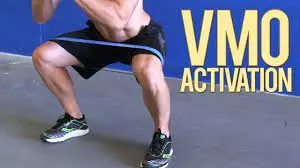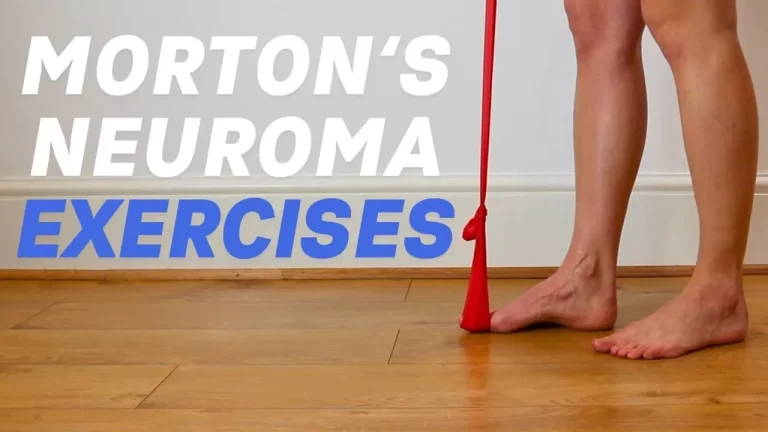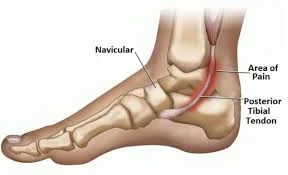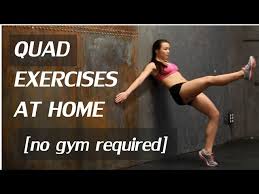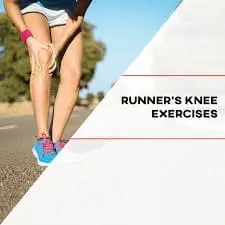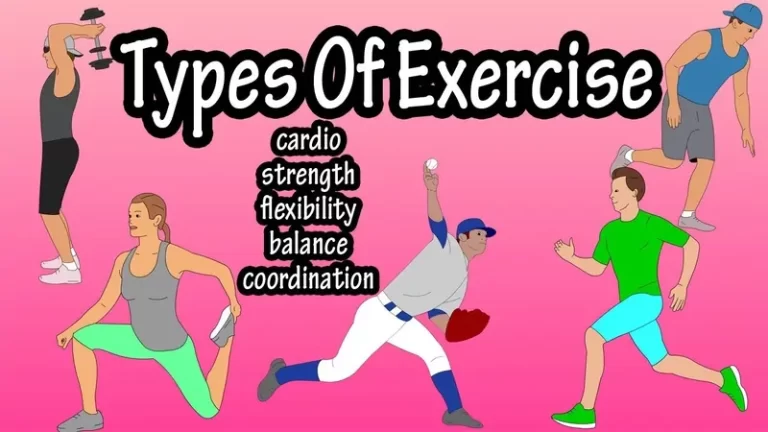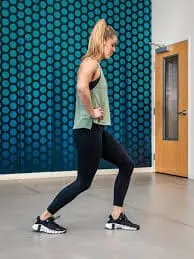VMO Activation Exercises
What is a VMO Activation Exercise?
VMO (Vastus Medialis Oblique) activation exercises are essential for strengthening a crucial part of the quadriceps muscle group located on the inner side of the thigh. The VMO plays a vital role in stabilizing the knee joint and maintaining proper alignment of the patella (kneecap).
Maintaining knee joint stability and regulating the patella’s (kneecap) tracking is essential. For knee stability and the prevention or treatment of knee injuries such as patellofemoral pain syndrome, proper activation of the VMO is crucial.
Exercises designed specifically to target and isolate the VMO are necessary to activate it. These workouts aim to strengthen the VMO and improve neuromuscular control. It’s significant to remember that VMO activation exercises are frequently included in knee injury rehabilitation programs. Still, they can also help people who want to enhance their general knee stability and function.
What is the VMO?
Whether the VMO is a part of the Vastus Medialis or a distinct muscle is a matter of debate among anatomists.
The muscles in the front leg that stretch the knee are called quadriceps. The muscles converge at the quad tendon, which is connected to the patella or knee cap.
These four muscles comprise the quadriceps:
- Vastus Medialis
- Vastus Lateralis
- Vastus Intermedius
- Rectus Femoris
The VMO is the lower part of the Vastus Medialis that slopes downhill into the knee cap.
- Origin of the VMO: The bone in the thigh, or the medial aspect of the fibula
- Insertion: Quadriceps tendon near the knee
- Artery: Femoral artery
- Nerve: Femoral nerve
- Actions: Knee extension (straightening the knee)
Function: Apart from knee extension, VMO is essential for correct knee-cap tracking. The quadriceps contract and pull on their insertion sites at the patella, which causes the knee cap to track higher in the femoral groove. The patella should move smoothly and upward through the femoral groove at the same time as the quadriceps contracts properly.. Unfortunately, several maladaptations within the system may prevent the patella’s smooth upward pull.
Clinical Significance: During bouts of acute inflammation, the knee joint capsule often expands and fills with fluid. This insufficiency may lead to secondary issues, such as biomechanical imbalances caused by tight or weak structures. Poor patella tracking is an excellent illustration of this. This highlights how important it is to reduce joint edema in the aftermath of recent trauma. Minimize swelling to avoid problems later on in your recovery by keeping the VMO muscle from weakening or atrophying.
What Happens When the VMO Is Weak?
There are two possible causes of abnormal patella tracking at the knee: weakness or diminished VMO activation.
As the quadriceps contracts correctly and in the correct sequence, the patella, which is located at the knee’s end of the femur, is balanced in the middle of the groove. Because of this, the knee may bend and straighten as the knee cap moves smoothly up and down.
When the VMO is weak, the other quadriceps muscles force the knee cap out of its groove. The lateral or outside patellofemoral joint region may experience severe wear and tear resulting in friction of the joint surfaces.
What makes the VMO weak?
The VMO gets weaker when it stops activating as much. This usually happens when there is knee pain or swelling.
When there is swelling inside the knee joint capsule, the brain may decide to stop the quadriceps from performing their normal function. The way the four muscles of the quadriceps contract or fire may be affected by this. The VMO weakens and atrophy as a result.
How Do You Make the VMO Strong?
Exercises designed to increase VMO strength can help the VMO grow stronger. Usually, it has to be activated by isometric movements and attention.
How to work your VMO:
VMO Activation
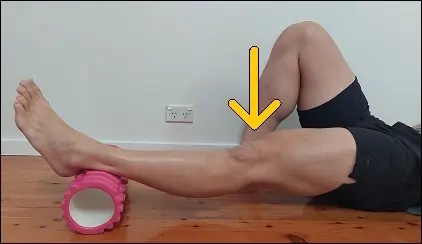
- The VMO muscle must be able to be felt and used.
- This contraction is necessary for every workout that is outlined in this blog post.
- Instructions
- On the ground, lie down.
- Under your ankle, position a foam roller.
- Allow your leg to roll outward, causing your foot and knee to slightly lean outward.
- Try to successfully contract the VMO muscle in the lower/inner thigh area.
- Feel the contraction in the VMO muscle by placing your palm over it.
- Hold on for five seconds.
- Ten to twenty times over.
Knee Push Down (Sitting)
- Instructions:
- Sit on the edge of a chair.
- Straighten your leg in front of you.
- Ensure that your knee and foot are pointing out.
- Place your heel firmly on the floor.
- Drive down your knee forcefully, as far as it is comfortable for you.
- Give it a five-second hold.
- Repeat 10 to 20 times.
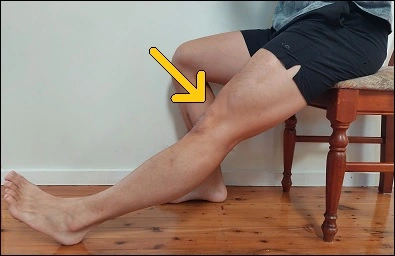
Straight Leg Raise
- Instructions:
- squatting on the ground
- Use your knee to press it down.
- Throughout this exercise, maintain a straight knee lock position.
- Stretch your leg a little bit outside of your body.
- Lift one leg a small distance.
- Perform twenty iterations.
- Use an ankle weight to ascend.
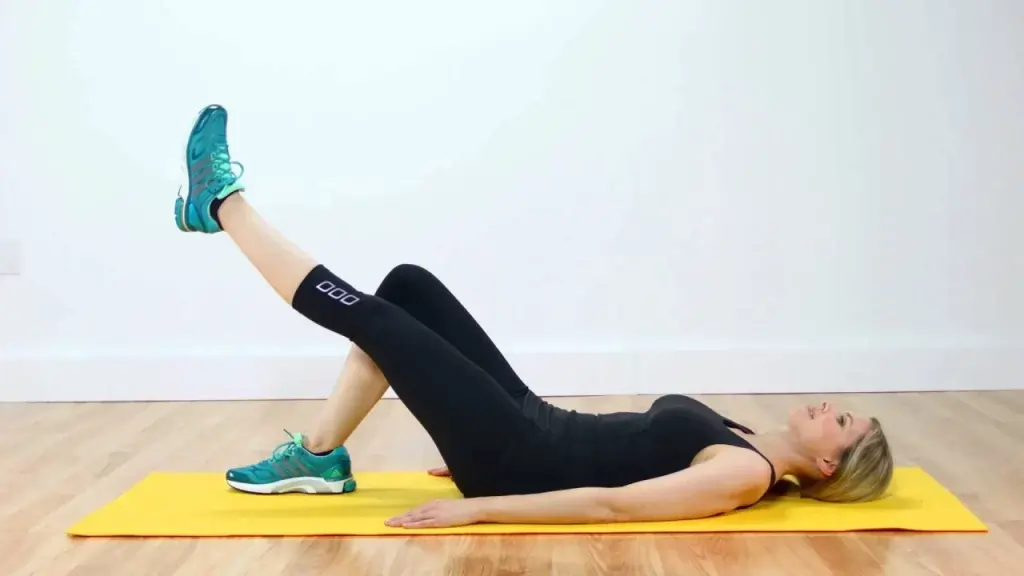
Terminal Knee Extension
- Instructions:
- On the ground, lie down.
- Under your knee, position a foam roller.
- Turn your leg outward.
- Grab the foam roller with your knee.
- You lift your foot off the ground.
- Give it a five-second hold.
- 20 times, repeat.
- Climb up by putting on some ankle weight.
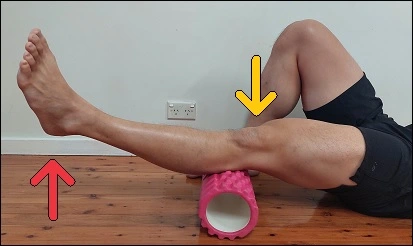
Modified Plank
- Instructions:
- Assume the above-mentioned role.
- Set your knee straight.
- Give it a five-second hold.
- 20 times, repeat.
- Make progress by doing this workout with just one leg.
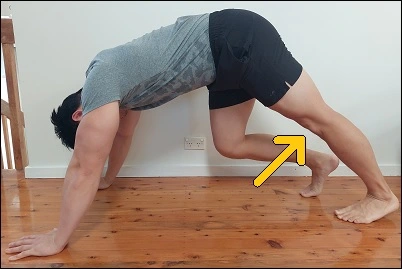
Squat with a Ball Squeeze
- Instructions:
- When standing, maintain a shoulder-width distance between your feet.
- Place a ball between your knees.
- Squeeze the ball with your inner knees the entire time you perform this exercise.
- Perform a low squat.
- Try to feel the VMO muscle contracting hard during the workout.
- Perform twenty iterations.
- Progress: Hold on to the weights.
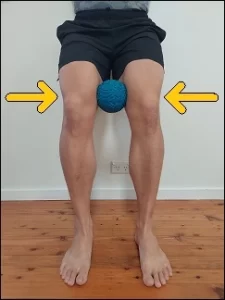
Knee Extension Against Resistance Band
- Instructions:
- Using a resistance band, apply pressure on the rear of your knee.
- Step back while applying a lot of stress on the band.
- Hold on to something for balance.
- Extend the leg on the other side.
- Against the band’s resistance, straighten your leg.
- Give it a five-second hold.
- Repeat 20 times.
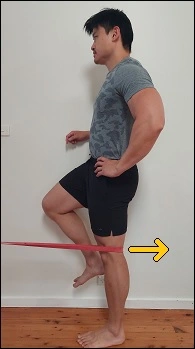
More advanced VMO exercises:
It is recommended to use the VMO at various knee angles.
Forward Lunge
- Instructions:
- Step by step, please.
- Make a lunge forward.
- Push your knees forward as much as you can without allowing them to click.
- If you can, offer to provide a hand with the tasks.
- Perform twenty iterations.
- Progression: Provide additional space for the knee to move.
- Reduce the amount of support your arms are giving you little by little.
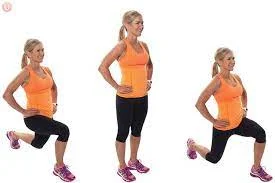
Single-Leg Mini Squat
- Instructions:
- Get into an upright posture.
- Hold on to something for balance.
- Assume a single-leg position.
- Perform a brief squat.
- Attempt to feel a strong flex in the VMO muscle.
- Perform twenty iterations.
- Advancement: Cling to the weights.
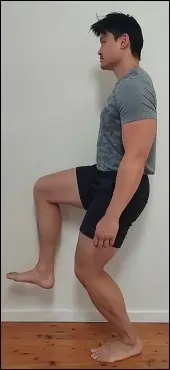
Backwards Walking
- Instructions:
- Make your way back the way you came and up a little hill.
- Analyze your perception of the VMO contraction.
- Continue for a full minute more.
- Advancement: Cling to the weights.
Step up
- Instructions:
- Take a step on a step.
- The entire time you should be standing on the foot.
- Step onto the step without going any farther.
- Stretch your leg to its maximum length.
- Feel how your quadriceps are tense.
- Repeat 20 times.
- (You can use anything to help you stay balanced if needed.)
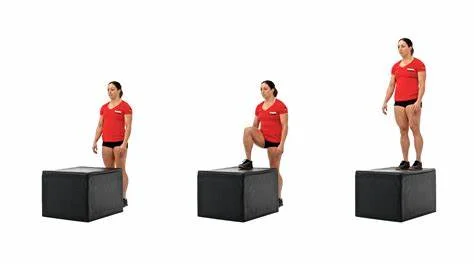
Step down
- Instructions:
- Place yourself upon a step.
- Grab hold of anything that is motionless for support.
- Slowly extend your other foot to touch the ground.
- Return to the starting point.
- Perform twenty iterations.
- Progress: Go slowly through the exercise.
- Go a step beyond.
- Cut back on the quantity of arms assistance you employ.
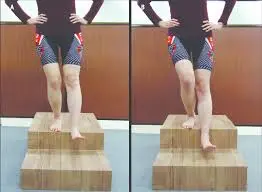
Can you isolate the VMO for strength training?
Although there has been a lot of discussion on this topic, the VMO cannot be isolated on its own. The brain also sends a contraction signal to the remaining muscles.
When the quadriceps are tightened, there are methods to improve and increase the VMO’s efficiency. This comprises:
- Manual Biofeedback: Try pressing your fingers against the VMO to see if the muscle contracts firmly.
- Electrical Biofeedback: The user of this gadget can choose to tighten their muscles more to detect a stronger signal by measuring the electrical activity in their muscles. Muscle contractions typically result in the production of lights or sounds.
- Electrical Stimulation: A muscle contracts as a result of an electrical impulse brought on by electrical stimulation. It does not take the place of a standard self-activated contraction but rather provides sensory input to the brain to assist it in becoming more aware and efficient while performing VMO contractions.
Will VMO strength exercises fix knee pain?
Increasing the activity of the VMO can often alleviate knee soreness. The VMO can assist in reestablishing normal knee mechanics and stabilizing the position of the knee cap.
However, there are other potential causes of lateral patellofemoral discomfort than the VMO. Additional reasons consist of:
- The state of being extremely prickly (Genu Valgum)
- Syndrome of Gluteus Medius IT Band Weakness/Tightness
- Both of these issues have an impact on the normal mechanics of the patellofemoral joint and may contribute to knee discomfort and dysfunction.
The Gluteus Medius can be strengthened to help with some types of knee soreness.
Conclusion
The knee muscle known as the Vastus Medialis Oblique, or VMO for short, is an important muscle that aids in strength, control, and stability.
Where is VMO most active?
The most active phase of the VMO occurs in the final thirty degrees of knee extension. In most cases, prophylactic bracing lowers the chance of harm to the protected joint. The patella functions as a pulley for the large muscle that produces force and extends the knee.
What happens if your VMO is weak?
This weakening of the VMO muscles may result in “patellar maltracking”. Because the patella does not track correctly in the groove of your tibia (shin bone) or femur (thigh bone), this suggests that your knee cap is not positioned properly.
What are the symptoms of a weak VMO?
Foot pronation, or favoring of one side of the foot over the other, knee soreness, and difficulty walking or executing exercises like lunges and squats are signs of a weak VMO muscle.
Does cycling build VMO?
Foot pronation, or favoring of one side of the foot over the other, knee soreness, and difficulty walking or executing exercises like lunges and squats are signs of a weak VMO muscle.
Why is the VMO so important?
VMO runs obliquely and helps with the patella’s medial translation, whereas it runs more longitudinally and contributes more to knee extension. By exerting a sufficient and medially focused forward force, the VMO lessens the strain on the patellofemoral joint.
References:
- Vaghela, M. (2023a, December 13). VMO Activation Exercises for Knee Stability and Performance. Mobile Physiotherapy Clinic. https://mobilephysiotherapyclinic.in/vmo-activation-exercises/
- Vastus Medialis Exercises: Strengthen & Stabilize VMO. (n.d.). Knee-Pain-Explained.com. https://www.knee-pain-explained.com/vastus-medialis-exercises.html
- Mark. (2024, June 24). 12 VMO Exercises To Strengthen Your knee. Posture Direct. https://www.posturedirect.com/vmo-exercises/

